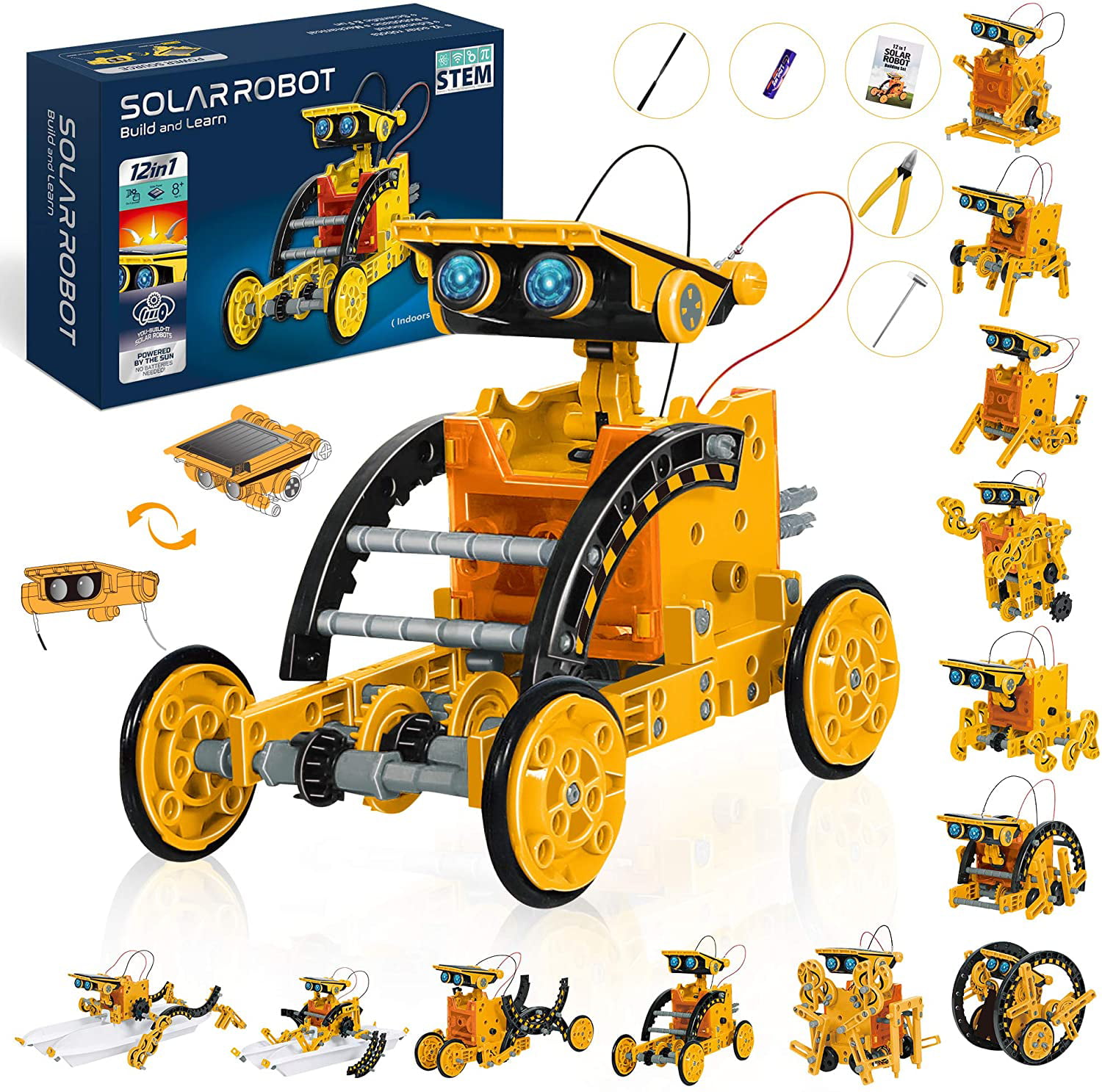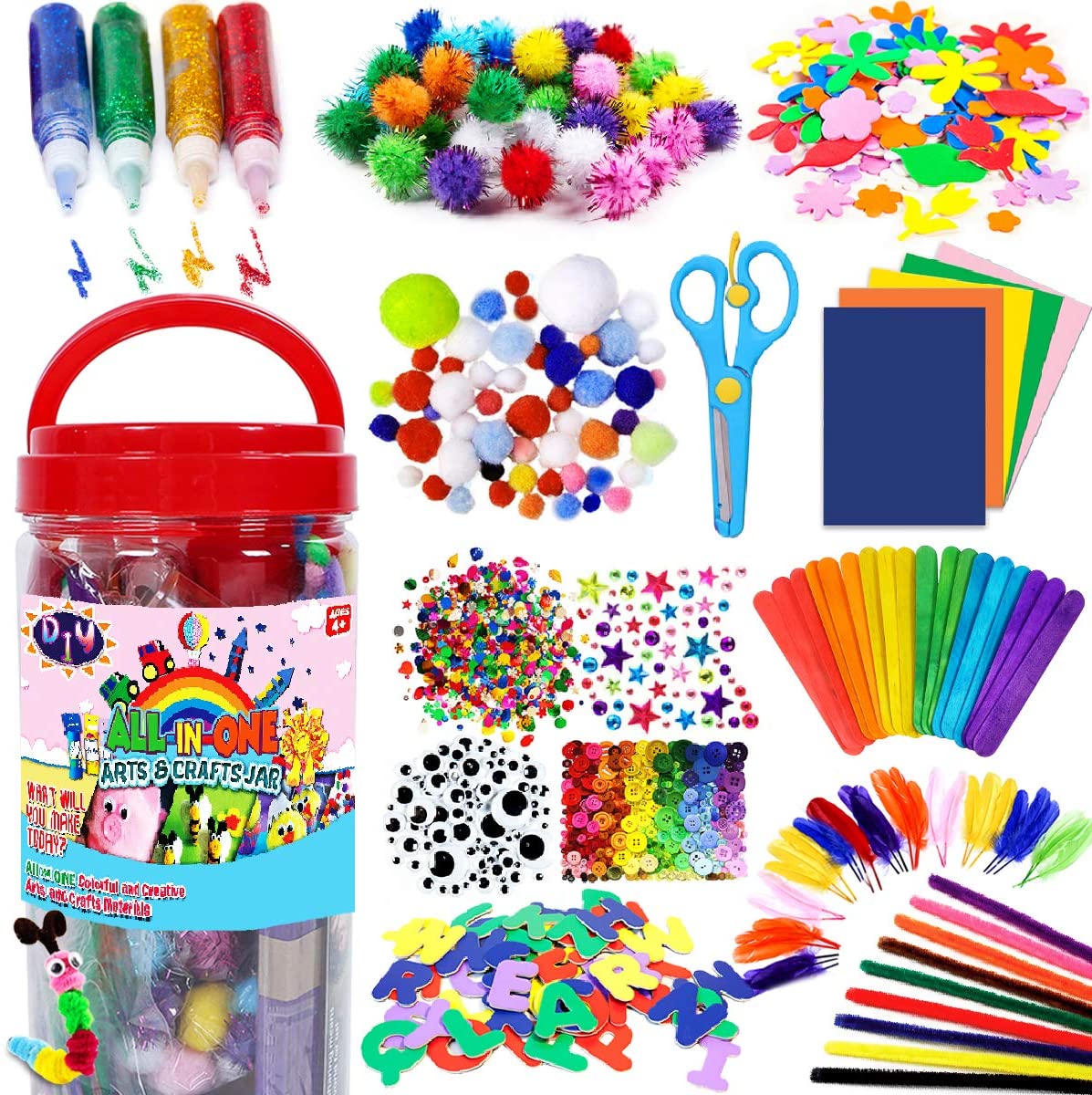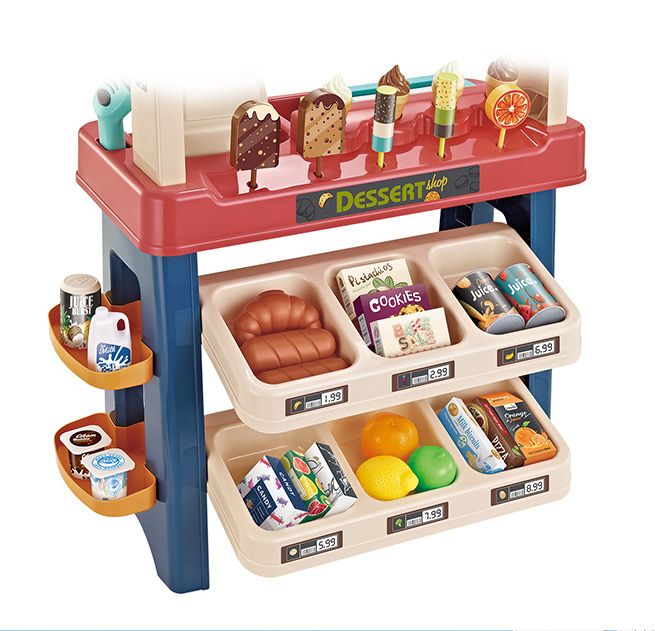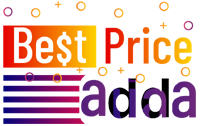Home & kitchen Educational Toys
Here are some great educational toys for the home and kitchen that can engage and educate children:
For Younger Children
- Melissa & Doug Wooden Building Blocks Set – Classic wooden blocks that promote creativity and fine motor skills.
- LeapFrog Learning Friends 100 Words Book – Interactive book that helps with vocabulary development.
what is Educational Toys?
- STEM Toys

- These toys focus on Science, Technology, Engineering, and Mathematics. Examples include building blocks, robotics kits, and science experiment sets.

- Alphabet and Number Toys

- These help children learn letters, numbers, and basic math skills. Examples include alphabet puzzles, counting beads, and electronic learning systems.

- Creative and Art Toys

- These toys encourage creativity and artistic expression. Examples include coloring sets, modeling clay, and craft kits.

- Musical Toys:

- These help develop a child’s sense of rhythm, coordination, and musical skills. Examples include toy pianos, xylophones, and drum sets.

- Puzzle and Logic Toys

- These toys improve problem-solving skills and logical thinking. Examples include jigsaw puzzles, Rubik’s cubes, and brain teasers.
Role-Playing Toys:

- These help children understand the world around them and develop social skills. Examples include play kitchens, doctor kits, and dollhouses.

- Motor Skill Toys

- These toys enhance fine and gross motor skills. Examples include stacking rings, shape sorters, and ride-on toys.

Educational toys are playthings designed with the primary goal of promoting learning and development in children. These toys are created to stimulate cognitive, emotional, social, and physical growth by providing children with opportunities to explore, discover, and learn through play. Educational toys can cater to various age groups and developmental stages, and they often focus on specific skills or subjects, such as:
1. Cognitive Skills
Toys that enhance problem-solving, critical thinking, memory, and concentration. Examples include puzzles, memory games, and logic-based board games.
2. Motor Skills
Toys that develop fine and gross motor skills. Examples include building blocks, shape sorters, and art supplies like crayons and modeling clay.
3. Language and Communication
Toys that encourage language development, vocabulary expansion, and communication skills. Examples include alphabet blocks, storybooks, and interactive talking toys.
4. Social and Emotional Development
Toys that foster social interaction, empathy, and emotional intelligence. Examples include dolls, role-playing sets, and cooperative board games.
5. STEM (Science, Technology, Engineering, and Mathematics)
Toys that introduce concepts related to these fields. Examples include science kits, building sets like LEGO, coding robots, and math games.
6. Creativity and Imagination
Toys that encourage creative expression and imaginative play. Examples include art supplies, musical instruments, and pretend play sets like kitchens and tool benches.
The key characteristics of educational toys include:
– Age Appropriateness
Designed to be safe and suitable for specific age groups.
– Engagement
Captivating enough to hold the child’s interest and attention.
– Educational Value
Provides learning opportunities and developmental benefits.
– Safety
Made from non-toxic materials and designed to prevent choking hazards or other injuries.
Overall, educational toys aim to make learning enjoyable and effective by combining play with educational content.
benefits of Educational Toys
Educational toys offer a multitude of benefits for children’s development across various domains. Here are some key advantages:
1. Cognitive Development
– Enhances Problem-Solving Skills
Toys like puzzles and brain teasers challenge children to think critically and find solutions.
– Improves Memory and Concentration
Memory games and sequencing activities help enhance focus and recall abilities.
– Encourages Logical Thinking
Building sets and strategy games promote logical reasoning and planning skills.
2. Motor Skills Development
– Fine Motor Skills
Activities involving small pieces, like beads or modeling clay, improve hand-eye coordination and dexterity.
– Gross Motor Skills
Larger playsets and ride-on toys help develop overall body coordination and strength.
3. Language and Communication Skills
– Vocabulary Expansion
Alphabet blocks, storybooks, and talking toys introduce new words and concepts.
– Communication Skills
Role-playing sets and interactive games encourage verbal expression and social interaction.
4. Social and Emotional Development
– Teamwork and Cooperation
Board games and group activities teach children to work together and understand the value of teamwork.
– Empathy and Emotional Intelligence
Dolls and pretend play scenarios help children understand and express emotions, fostering empathy.
5. STEM Learning
– interest in Science and Math
Science kits, coding toys, and math games introduce foundational concepts in an engaging way.
– Engineering Skills
Building sets like LEGO encourage spatial awareness, structural understanding, and creativity.
6. Creativity and Imagination
– Creative Expression
Art supplies, musical instruments, and crafting kits allow children to express themselves creatively.
– Imaginative Play
Pretend play sets, like kitchens and tool benches, stimulate imagination and narrative thinking.
7. Overall Enjoyment and Engagement
– Fun Learning
Educational toys make learning enjoyable, which can instill a lifelong love of learning.
– Self-Esteem and Confidence
Successfully completing challenges or projects boosts children’s confidence and sense of achievement.
8. Adaptability and Versatility
– Multi-Use
Many educational toys can be used in various ways, catering to different learning styles and preferences.
– Customization
Some toys allow children to explore their interests at their own pace, providing personalized learning experiences.
Overall, educational toys provide a well-rounded approach to child development, making learning fun and effective by integrating play with educational content.
demerits of Educational Toys
While educational toys offer numerous benefits, there are also some potential drawbacks to consider:
1. Limitation of Creativity
– Some educational toys may have specific goals or instructions that limit a child’s ability to explore and create freely. This could stifle imaginative play and self-expression.
2. Pressure to Perform
– In some cases, educational toys designed to enhance cognitive skills or academic learning might inadvertently create pressure for children to achieve specific outcomes or milestones, potentially causing stress or frustration.
3. Overemphasis on Academic Skills
– Educational toys focused heavily on academic subjects like math or language may prioritize cognitive development over other essential skills such as social and emotional learning or physical development.
4. Dependence on Technology
– With the rise of educational apps and electronic learning toys, there’s a concern about over-reliance on screen-based activities, which may limit real-world interactions and physical play.
5. Cost and Accessibility
– High-quality educational toys can be expensive, making them inaccessible to families with limited financial resources. This inequality can affect children’s access to enriched learning experiences.
6. Potential for Overstimulation
– Some educational toys may be designed with flashing lights, sounds, or interactive features that could overwhelm sensitive children or lead to sensory overload.
7. Loss of Traditional Play Skills
– With the focus on structured learning and educational outcomes, there’s a risk that children may miss out on the development of traditional play skills such as creativity, imagination, and spontaneous problem-solving.
8. Environmental Impact
– Many educational toys are made from plastic or other materials that may not be environmentally friendly. Additionally, the production and disposal of toys can contribute to waste and pollution.
9. Parental Expectations
– Parents may sometimes place undue pressure on children to excel academically or developmentally through the use of educational toys, potentially impacting the child’s enjoyment of play and learning.
It’s important to note that these drawbacks can vary depending on the specific toy, how it’s used, and the child’s individual needs and preferences. Balancing educational toys with a variety of play experiences and ensuring they align with a child’s developmental stage and interests can help maximize their benefits while minimizing potential downsides.
top online purchasing and trusted products and brands Educational Toys
When it comes to purchasing educational toys online, several trusted brands and retailers are known for offering quality products that prioritize safety, educational value, and child development. Here are some top recommendations:
Brands Known for Educational Toys:
1. Melissa & Doug
Known for their wooden and interactive educational toys that emphasize creativity, imagination, and skill development.
2. LEGO
Famous for their building sets that encourage STEM learning, creativity, problem-solving, and spatial reasoning.
3. Fisher-Price
Offers a wide range of toys designed to support early childhood development through play, including interactive and educational toys.
4. VTech
Specializes in electronic learning toys that combine educational content with interactive play features.
5. Leapfrog
Offers educational electronic toys, books, and games designed to promote learning in literacy, math, science, and more.
6. Hape
Provides sustainably-made wooden toys that foster creativity, problem-solving, and motor skills development.
7. Playmobil
Known for their themed playsets that encourage imaginative play and social interaction.
8. Schleich
Offers detailed figurines and playsets that stimulate imagination, storytelling, and animal knowledge.
Online Retailers:
1. Amazon
Offers a vast selection of educational toys from various brands, with customer reviews and ratings to guide purchases.
2. Target
Known for carrying a diverse range of educational toys, including exclusive lines from popular brands.
3. Walmart
Offers a wide selection of educational toys at various price points, both online and in-store.
4. Educational Insights
Specializes in educational toys and games that promote learning in STEM, literacy, math, and more.
5. Fat Brain Toys
Focuses on educational and STEM toys, with a curated selection of toys that foster learning through play.
6. Mindware
Offers brainy toys for kids of all ages, focusing on critical thinking, problem-solving, and creative exploration.
Criteria for Choosing:
– Safety
Look for toys that meet safety standards (e.g., ASTM, CPSC) and are age-appropriate for your child.
– Educational Value
Consider toys that align with your child’s interests and developmental stage, promoting learning in areas like STEM, language, creativity, and social skills.
– Reviews and Recommendations
Check customer reviews and recommendations to gauge the quality, durability, and educational benefits of the toys.
– Price and Value
Balance your budget with the value and longevity of the toy, considering its potential to grow with your child’s development.
By exploring these reputable brands and retailers, you can find educational toys that are engaging, enriching, and supportive of your child’s learning journey.
Montessori educational toys for toddlers”
Montessori educational toys for toddlers are designed to support the principles and methods developed by Maria Montessori, which emphasize independence, exploration, and hands-on learning. These toys are typically made from natural materials, promote sensory exploration, and encourage children to engage in purposeful activities that aid their development. Here are some characteristics and examples of Montessori educational toys suitable for toddlers:
Characteristics of Montessori Toys for Toddlers:
1. Natural Materials
Toys are often made from wood, cotton, or other natural materials, promoting sustainability and safety.
2. Simplicity and Functionality
They are designed with simple, open-ended features that allow children to explore and use their imagination.
3. Realistic and Hands-On
Toys mimic real-life objects and activities, encouraging practical life skills and sensorial exploration.
4. Self-Correcting
Many Montessori toys are designed to allow children to discover and correct their own mistakes, fostering independence and problem-solving skills.
5. Developmentally Appropriate
Toys are chosen based on the child’s age and developmental stage, supporting skills like fine motor coordination, language development, and cognitive growth.
Examples of Montessori Educational Toys for Toddlers:
1. Montessori Object Permanence Box
Helps toddlers understand object permanence by placing objects through holes and retrieving them.
2. Shape Sorters and Stacking Toys
Wooden shape sorters and stacking rings encourage fine motor skills, hand-eye coordination, and spatial awareness.
3. Montessori Sensory Balls
Textured balls made from natural materials stimulate tactile senses and promote sensory exploration.
4. Wooden Puzzles
Simple wooden puzzles with large knobs promote problem-solving, hand-eye coordination, and spatial reasoning.
5. Practical Life Activities
Child-sized brooms, brushes, and utensils encourage toddlers to imitate everyday tasks, promoting independence and responsibility.
6. Language and Alphabet Toys
Wooden alphabet puzzles or letter blocks help toddlers learn letters, phonics, and early literacy skills.
7. Math Manipulatives
Wooden counting rods, sorting trays, and number puzzles introduce basic math concepts like counting and sorting.
Where to Find Montessori Educational Toys:
– Montessori-specific toy stores
Online retailers and specialty stores often curate collections of Montessori-inspired toys.
– Educational toy stores
Look for stores that focus on educational toys, as they often carry Montessori-style items.
– Local Montessori schools or resources
Some Montessori schools or organizations offer recommendations or sales of approved Montessori toys.
By incorporating Montessori educational toys into a toddler’s play environment, caregivers can support their natural curiosity and developmental milestones while fostering independence and a love of learning.
“STEM toys for preschoolers”
STEM toys for preschoolers are designed to introduce young children to concepts in science, technology, engineering, and mathematics in a fun and engaging way. These toys aim to foster curiosity, critical thinking, problem-solving skills, and creativity while laying a foundation for future STEM learning. Here are some characteristics and examples of STEM toys suitable for preschool-aged children:
Characteristics of STEM Toys for Preschoolers:
1. Hands-On Exploration
Toys encourage hands-on exploration and experimentation, allowing children to manipulate materials and discover concepts through play.
2. Open-Ended Play
Many STEM toys are open-ended, meaning there are multiple ways to play and explore, encouraging creativity and divergent thinking.
3. Age-Appropriate
Designed with preschoolers’ developmental stages in mind, focusing on simple concepts and activities that are engaging and accessible.
4. Multisensory
: Toys often incorporate tactile, visual, and auditory elements to appeal to different learning styles and stimulate multiple senses.
5. Problem-Solving Challenges
Activities and puzzles that encourage children to solve problems, make predictions, and find solutions independently or collaboratively.
Examples of STEM Toys for Preschoolers:
1. Building Blocks
Sets like LEGO Duplo or Mega Bloks introduce basic engineering and construction skills, spatial awareness, and creativity.
2. Puzzles and Shape Sorters
Wooden puzzles and shape sorters promote problem-solving, fine motor skills, and cognitive development.
3. Coding Toys
Simplified coding toys like Code-a-Pillar or Cubetto use hands-on blocks or buttons to introduce basic programming concepts like sequencing and logic.
4. Science Kits
Preschool-friendly science kits introduce concepts such as magnets, colors, light, and simple chemical reactions through safe, hands-on experiments.
5. Engineering Toys
Construction sets like Marble Runs or Gear Sets allow children to build structures and explore cause-and-effect relationships.
6. Math Manipulatives
Counting bears, pattern blocks, and number puzzles help preschoolers learn basic math concepts such as counting, sorting, and shapes.
7. Nature Exploration Kits
Kits that encourage outdoor exploration, such as bug viewers or gardening kits, introduce preschoolers to biology and ecology concepts.
Where to Find STEM Toys for Preschoolers:
– Educational Toy Stores
Look for stores specializing in educational toys, as they often carry a variety of STEM-focused options.
– Online Retailers
Websites like Amazon, Fat Brain Toys, and Educational Insights offer a wide selection of STEM toys with customer reviews and ratings.
– STEM-Specific Brands
Brands like Learning Resources, Melissa & Doug, and VTech often have dedicated STEM toy lines for preschoolers.
– Local Educational Supply Stores
Check local educational supply stores or educational institutions for curated selections of STEM toys.
By integrating STEM toys into preschoolers’ playtime, caregivers can nurture a child’s natural curiosity and enthusiasm for learning while building foundational skills essential for future academic and career success in STEM fields.
“Interactive learning toys for 2-year-olds”
Pet Supplies
For interactive learning toys suitable for 2-year-olds, focusing specifically on pet-related themes, there are several engaging options that can foster early learning and sensory development while allowing children to explore the concept of pets and animal care. Here are some ideas:
Interactive Learning Toys for 2-Year-Olds with a Pet Theme:
1. Plush Animal Sets
Look for sets that include plush animals such as dogs, cats, or farm animals. These toys can help toddlers learn animal names, sounds, and basic characteristics through pretend play.
2. Pet Care Playsets
Toy sets that mimic pet care activities such as feeding, grooming, and veterinary check-ups. These sets often include accessories like pretend food bowls, brushes, and toy stethoscopes.
3. Interactive Books
Books with touch-and-feel elements or sound buttons that feature stories about pets or animals. These encourage language development, sensory exploration, and early literacy skills.
4. Electronic Pet Toys
Some interactive electronic toys are designed to simulate pet interactions, such as robotic dogs or cats that respond to touch with sounds or movements. These can teach cause-and-effect relationships and provide companionship-like experiences.
5. Animal Puzzle Toys
Wooden or chunky plastic puzzles featuring animals, where pieces fit into corresponding slots or pegs. These help with fine motor skills, shape recognition, and problem-solving.
6. Animal Sound Toys
Toys that produce animal sounds when buttons are pressed or when parts are manipulated. These toys can teach toddlers about different animals and their corresponding sounds.
7. Animal-Themed Building Blocks
Sets of building blocks with animal designs or themes. These can promote creativity, spatial awareness, and fine motor skills as children build and construct.
Where to Find Interactive Learning Toys for 2-Year-Olds
– Toy Stores
Visit local toy stores or browse online retailers like Amazon, Walmart, or Target, where you can find a variety of interactive learning toys sorted by age and theme.
– Educational Toy Websites
Websites specializing in educational toys such as Fat Brain Toys or Melissa & Doug often have curated selections of interactive toys suitable for toddlers.
– local Pet Stores
Some pet stores carry educational toys and books related to pets and animals that can be suitable for young children.
– Children’s Bookstores
Look for interactive books with pet themes that incorporate touch-and-feel elements or sound buttons for an engaging reading experience.
By choosing interactive learning toys with a pet theme, caregivers can provide 2-year-olds with playful opportunities to explore animals, develop sensory skills, and engage in imaginative play scenarios centered around pet care and interaction.
